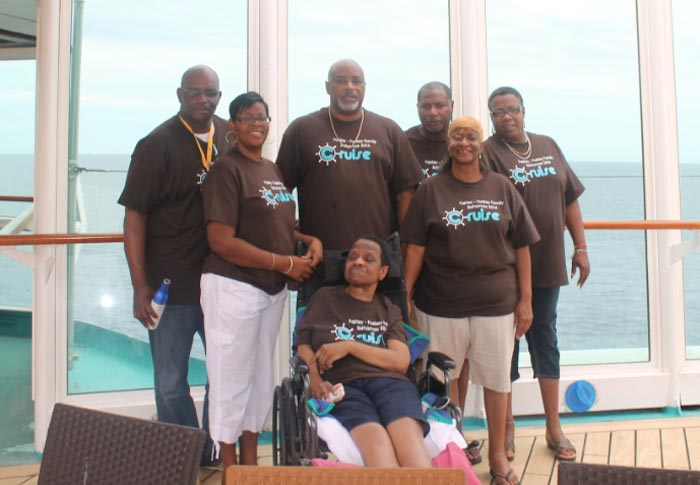Cruisecompete.com dispels myths about cruising, which apply to reunions as much as to any group.
Myth No. 1: Cruises are expensive.
Reality: A cruise is actually one of the best travel values. Most include accommodations, meals, 24-hour cabin service, ports of call, most entertainment and children’s programs.
Myth No. 2: People take cruises only when the weather turns cold.
Reality: Cruise travel is year-round.
Myth No. 3: Cruises are too long.
Reality: Cruise lengths vary. According to the Cruise Lines International Association, itineraries of one to five days accounted for 31 percent of the cruise market during 2004; itineraries of six to eight days made up 57 percent of the market; and nine- to 17-day sailings accounted for 11 percent.
Myth No. 4: There’s nothing for men to do on a cruise.
Reality: Cruise ships are floating resorts, with plenty of fun for everyone. Activities include shore excursions, water sports, pool activities, fitness centers, live entertainment, casinos, bingo, dance lessons, talent contests, karaoke, wine tasting, rock wall climbing, spas, movies and much more. Most days are spent in exotic ports with plenty to see and do. Golfers can play challenging, top-ranked island courses (extra fees may apply). Gourmets love the dining. Explorers find adventure in every port.
Myth No. 5: Kids are bored on a cruise.
Reality: All major cruise lines offer organized programs/camps for kids. They can participate all-day or in specific activities. This provides for fun family time and a chance for parents to relax on their own. Daycare and babysitting services are available.
Myth No. 6: There’s no way to handle a medical emergency.
Reality: Virtually every cruise ship has a fully equipped medical facility and staff on board to handle almost any emergency. If someone must be evacuated to a hospital on land, trip insurance covers medical emergencies.
Myth No. 7: Cruise ships spend all their time at sea.
Reality: Cruise vacationers spend quite a bit of time on land. Every cruise features multiple ports of call. Every port offers unique experiences. Excursions arranged by the ship’s staff or local sightseeing companies are available at extra cost.
Myth No. 8: Everyone gains weight on a cruise.
Reality: While cruises are known for having plenty of food, cruise lines are aware of healthy-eating lifestyles of a growing number of cruisers. Every meal offers healthy choices as part of their already extensive food selections prepared under the direction of some of the world’s greatest chefs. Plus, there are plenty of activities onboard and off to help burn extra calories.
Myth No. 9: A cruise ship cabin is claustrophobic.
Reality: An inside economy cabin can be small and usually lacks a window but you spend very little time there except to sleep. Outside ocean view cabins have a window or porthole, while a balcony (veranda) cabin has a glass door to a balcony (usually with a small table and chairs). Most ships feature larger suites for those who truly need more space.
Myth No. 10: Some people become seasick on cruises.
Reality: Even if you suffer from motion sickness during car rides or on airplanes, it is unlikely you will become seasick on a cruise ship. Their immense size and stabilizers minimize your perception of motion.
Myth No. 11: You lose touch with the world on a cruise.
Reality: Some people love getting away from it all, while others like to stay in touch. Newer ships have business centers with fax capabilities and Internet access. Cruise ships publish a daily newsletter with major news, sports scores and stock quotes. Most cabins have televisions and telephones that enable you to call someone on shore through the ship’s radio operator while at sea. Calls can be made from most ports, too. (However, cell phones will not work at sea.)





